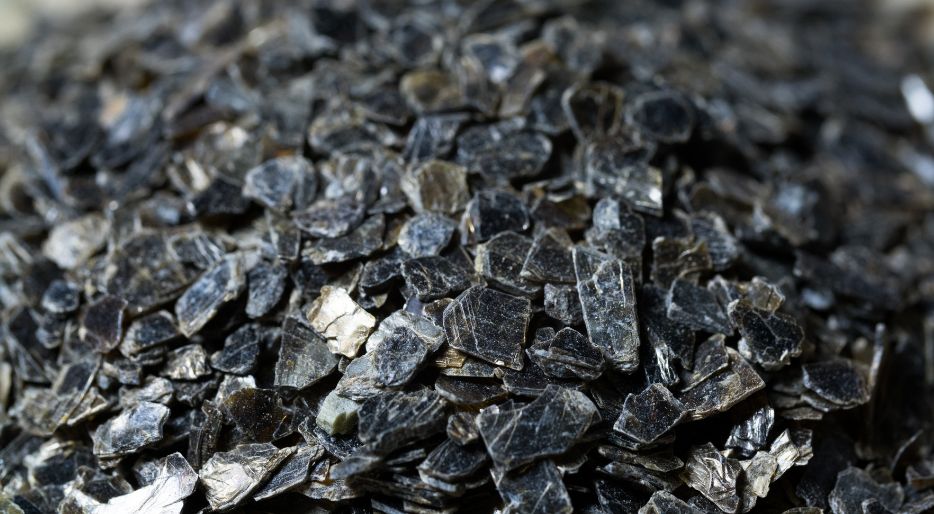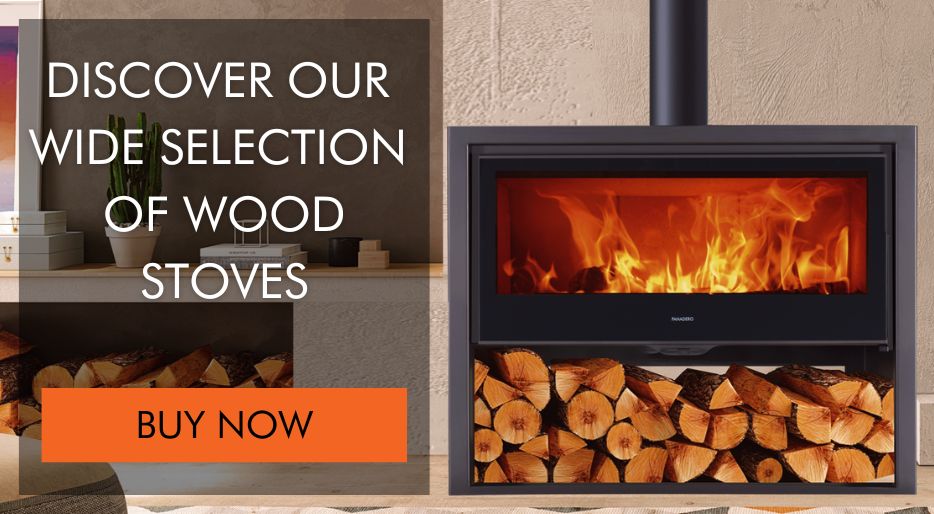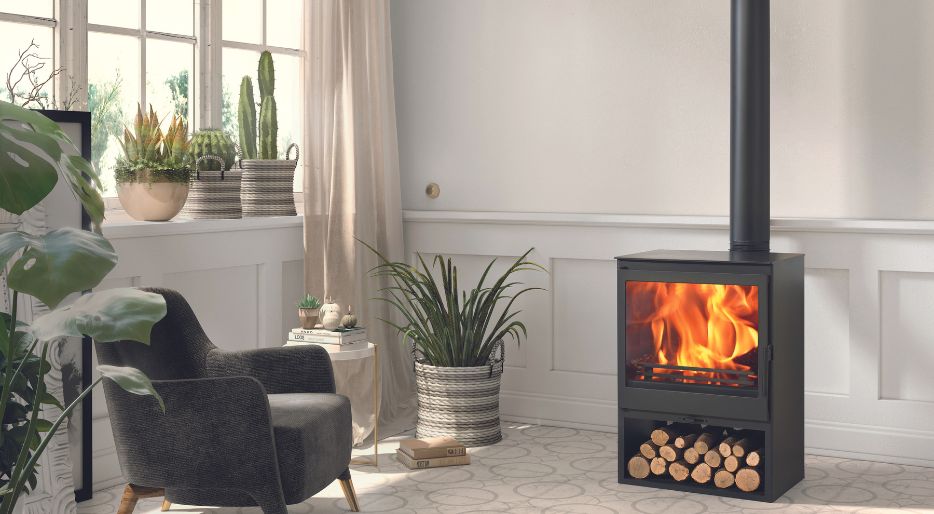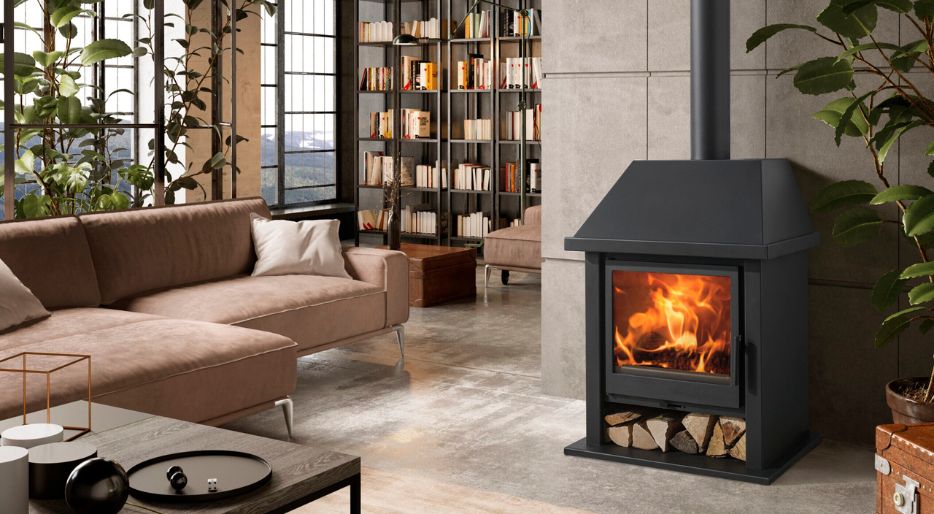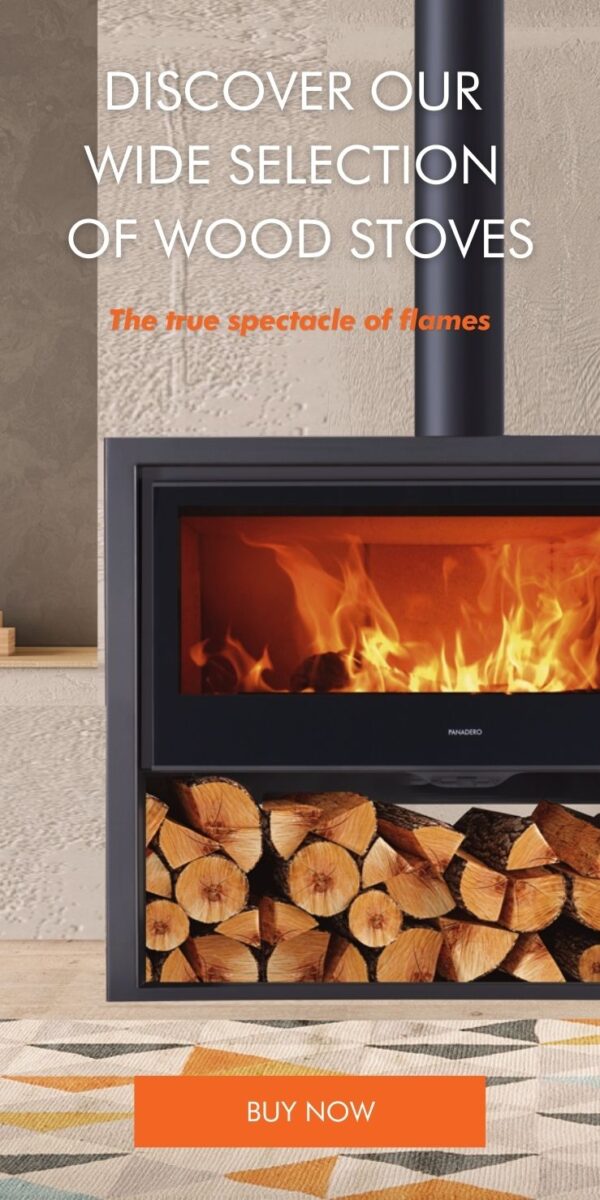One of the components of our wood-burning stoves is vermiculite, found in the combustion chambers. But it is not only found in cookers, it is a material that is used elsewhere. The most common are: gardening, agricultural use, packaging of hazardous materials, construction, waste treatment, industrial manufacturing, drug protection, etc.
What is vermiculite
Vermiculite is one of the minerals of the “micas” group and consists of aluminium, iron or magnesium silicates. What characterises vermiculite is its ability to expand and exfoliate at high temperatures, as its volume increases 8 to 20 times. This phenomenon occurs due to the amount of water it contains in its interior.
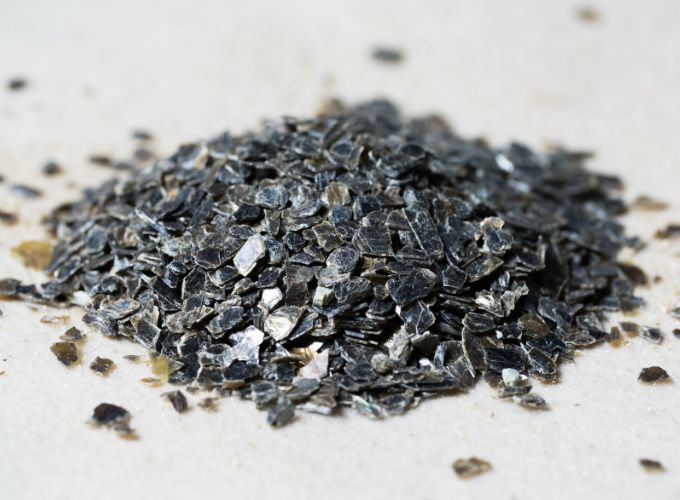
It is extracted from mines in Brazil, China, South Africa and the United States, where 90% of the world’s production comes from. Vermiculite is processed by heating it rapidly to temperatures of over 870°C.
It is important to note that vermiculite should not be confused with perlite, as although they share some similarities, they have different characteristics and properties.
What vermiculite is used for
As noted above, the use of vermiculite extends to a variety of industrial fields. It is one of the few minerals on the planet with so many uses and such diverse properties.
Although it is a mineral widely used in the world of agriculture and gardening, we will focus on its use in our sector.
Uses of vermiculite in construction and industry
Its uses are diverse and it has become a fundamental mineral for us in the manufacture of our stoves.
Uses of vermiculite:
- Use in the manufacture of stoves, heaters, fire extinguishers, etc. to guarantee maximum safety, managing to withstand large amounts of heat and extreme temperatures.
- For slow cooling of hot parts from glass.
- In steel manufacturing, as when molten hot metal is poured over the vermiculite, it exfoliates and forms an insulating layer, allowing it to be transported to the next manufacturing process without losing heat.
- In concrete and cement structures to form stronger roofs.
- In the automotive industry, it is used in the manufacture of brake pads or brake linings, as well as in paints and lacquers for automobiles.
- In fireproof cementitious structures as passive fire protection.
- To create construction parts designed to withstand extreme temperatures. Vermiculite is moulded into chimneys, fireproof pipes, etc. Can withstand temperatures up to 1,150°C.
- As a packaging material when shipping hazardous materials, as vermiculite is not a flammable mineral.
There are many more uses we could highlight for vermiculite, but these are the basic and fundamental ones we should be aware of.
Benefits of vermiculite in wood burning stoves
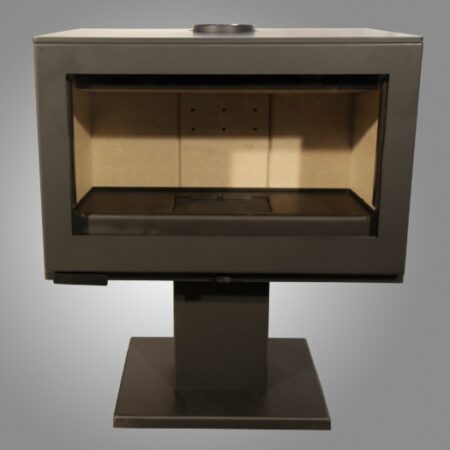
The main advantages and benefits of vermiculite in wood stoves are:
- Fireproof material and high insulating capacity.
- It optimises combustion and the performance of wood stoves by 80%.
- It is mouldable, which makes it possible to modernise the combustion chambers of cookers.
- Easy to maintain.
- Excellent value for money product.
In conclusion, vermiculite is a widely used material in the lining of wood cookers due to its unique properties that make it suitable for this purpose. Its ability to withstand high temperatures, its light weight and its thermal insulation capacity make it an efficient and safe material to improve the performance of wood stoves.
We hope this post has served as a guide. Take a look at our blog and find solutions and recommendations to help you with your fireplace or wood stove.
Visit our online store for Panadero wood stoves. If you have any questions or need help choosing the right stove, don’t hesitate to contact us. We will be happy to help you.
Articles of interest:
- Tips for combining your fireplace and television
- Creative designs for storing firewood in your garden
- Different ideas for decorating the fireplace wall
- Wood stove design styles for decorating your home
- Decoration and trends: Give your living room an industrial touch!
- How to decorate an unused fireplace?
Did you like this article? If so, help us spread it 😊 . Click on the buttons below here and feel free to share it on your social networks!
Thank you for reading!
↓ ↓ ↓ ↓
